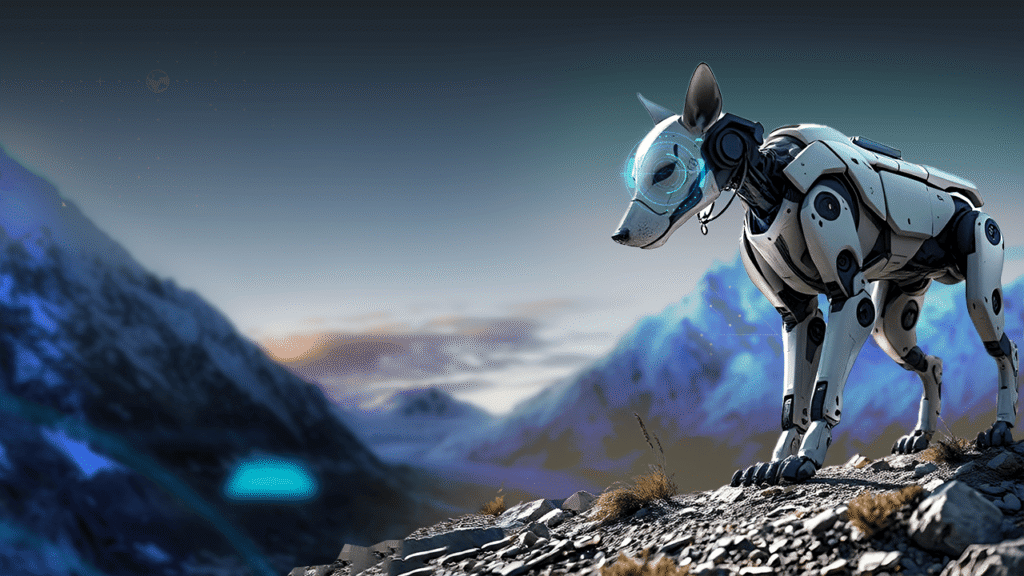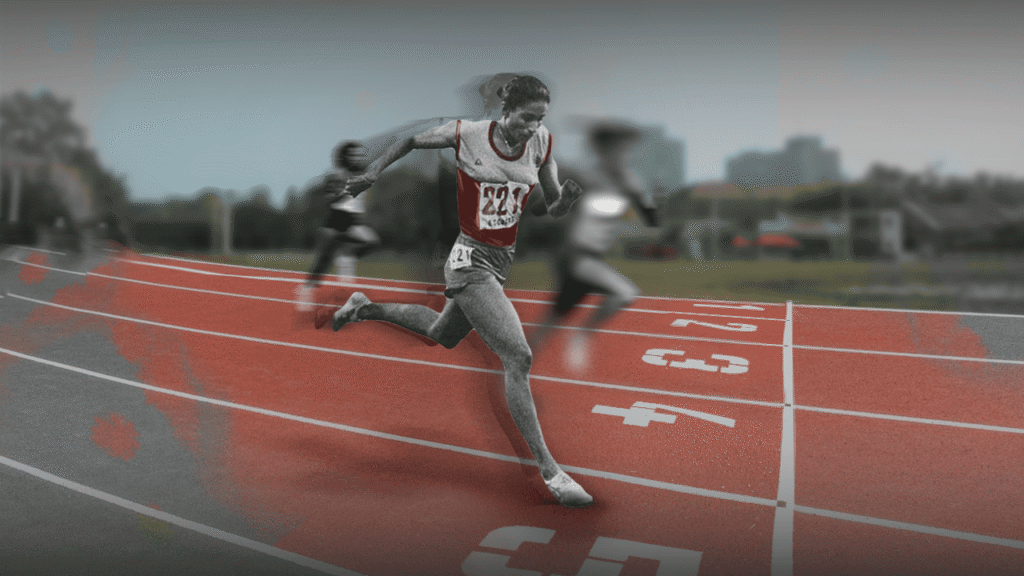India’s AI Police Dogs: How Robot Canines Are Tackling Terrorism in Kashmir
Advertisement Home India’s AI Police Dogs: How Robot Canines Are Tackling Terrorism in Kashmir By Saloni Sharma Updated on May 15, 2025 IST 7:46 am Introduction: Meet India’s New Army Imagine a chilly dawn in Kashmir. The wind howls through the valleys, and soldiers stand vigilant, eyes peeled for danger. But today, they’ve got backup—and it’s not human. A four-legged robot, gleaming under the faint sunlight, moves silently across the terrain. Its sensors hum, sniffing out bombs and scanning for threats. This isn’t a scene from a sci-fi flick—it’s real, and it’s happening now. Meet India’s new army: AI-powered “police dogs” tackling terrorism in one of the country’s toughest conflict zones. Kashmir has long been a battleground, where the beauty of its landscapes hides the tension of insurgency. But as we roll into 2025, India’s stepping up its game with cutting-edge tech. AI drones and robotic dogs are hitting the frontlines, changing how we fight terror. In this blog, we’ll unpack how these metal mutts are making waves, dive into the tech powering them, and ponder what this means for the future. Ready to explore how robots are becoming our new best friends in border security? Let’s dig in! Why AI Dogs? The Need for a Tech Revolution Let’s set the stage. Kashmir’s borders—like the Line of Control (LoC)—are tricky. Think steep cliffs, dense forests, and brutal winters. Terrorists sneak through, planting IEDs (Improvised Explosive Devices) or staging ambushes. For years, we’ve relied on brave soldiers and sniffer dogs to hold the line. But here’s the catch: humans tire, dogs falter, and the risks are sky-high. A single misstep can cost lives. Enter AI defense tech. These robotic canines aren’t just cool gadgets; they’re lifesavers. Picture this: a bomb hidden under a rock. A human might miss it, a dog might not catch the scent in time—but an AI dog? It’s got thermal imaging, chemical sensors, and a brain that doesn’t blink. In 2024 alone, these machines helped cut soldier casualties by 50% along the LoC, says a Ministry of Defence report. That’s not just a stat—it’s families reunited, lives spared. So, why AI dogs? Because in a place like Kashmir, where danger lurks around every corner, we need heroes who don’t flinch. The Tech That Wags the Tail Okay, let’s geek out a bit. What makes these AI police dogs tick? They’re not your average robots—they’re built tough, with lightweight alloys that let them climb mountains or wade through rivers. Powered by long-lasting batteries, they can patrol for hours without a break. But the real magic? It’s in their “brains”—AI algorithms that turn them into super-sleuths. Here’s what they can do: Bomb Sniffing: Chemical sensors detect explosives from meters away, while thermal cameras spot hidden traps. Terrain Mastery: Lidar and GPS build 3D maps in real time, guiding troops through the wildest paths. Threat Detection: Motion sensors and facial recognition pick out intruders, even in fog or darkness. Teamwork: They link to command centers, sharing live updates so soldiers stay one step ahead. Take “Sapper Scout,” a star player rolled out in 2023. This little beast has cleared over 500 mines in Kashmir, dodging blasts that would’ve ended human lives. Or “Storm Drone,” a hybrid that flies into hideouts, scans for danger, and neutralizes it—all without risking a single soldier. These aren’t just tools; they’re the future of warfare, blending brains and brawn in a way Bollywood couldn’t dream up. Kashmir’s Battleground: Where Robots Shine Kashmir isn’t your average border. It’s a maze of mountains and snow, a terrorist’s playground. Insurgents use the chaos—hiding in caves, planting bombs, slipping across the LoC. Human patrols struggle here; even the best sniffer dogs can’t keep up 24/7. But AI dogs? They’re built for this. Rain, snow, or midnight gloom—they don’t care. They just keep going. In 2024, the Indian Army rolled out 140 AI surveillance systems, including these robotic canines. The payoff was instant: infiltration attempts dropped 30%, per a 2025 report. Real stories back this up. Picture Captain Vikram Patel, leading a night op in Kupwara. His AI dog scouted ahead, found an IED, and disarmed it—all while Vikram’s team stayed safe. “It’s like having an extra pair of eyes,” he told us. “Eyes that don’t sleep.” In Kashmir, where every second counts, that’s a game-changer. Beyond the Dogs: The Bigger AI Picture These robotic dogs don’t work alone—they’re part of a high-tech squad. Drones buzz overhead, satellites watch from space, and ground sensors feed data to a central AI hub. It’s like a cricket team where every player’s in sync, reading the pitch and planning the next move. Here’s the lineup: Swarm Drones: Tiny flyers that team up, covering huge areas and sharing intel like a flock of birds. Smart Predictions: AI crunches data to guess where terrorists might strike next—think Minority Report, but real. Self-Driving Support: Unmanned trucks haul gear or whisk injured soldiers to safety. India’s betting big on this. The 2025 defense budget pumped ₹1,000 crore into AI and robotics—a 25% hike from last year. Why? Because the world’s watching. China’s got its “Dragon Swarm” drones, Pakistan’s testing AI missiles. India’s response is clear: innovate or get left behind. And with our tech talent—hello, IIT wizards and startup champs—we might just lead the pack. Soldiers and Robots: Partners, Not Rivals Now, let’s address the elephant in the room. Are these AI dogs stealing jobs from soldiers? Not quite. Think of them as sidekicks, not replacements. Soldiers still call the shots, make the plans, and carry the heart of the mission. AI just handles the grunt work—sniffing bombs, scouting risks, taking the first hit. It’s like having a loyal friend who says, “I’ll check the dark alley—you stay here.” A 2024 survey backs this up: 70% of Indian soldiers said AI makes them feel safer. But it’s not flawless. Tech can glitch—bad weather messes with sensors, and hackers lurk. Remember that 2023 Ladakh drone that mistook a shepherd for a militant? Yikes. The fix? Keep humans










